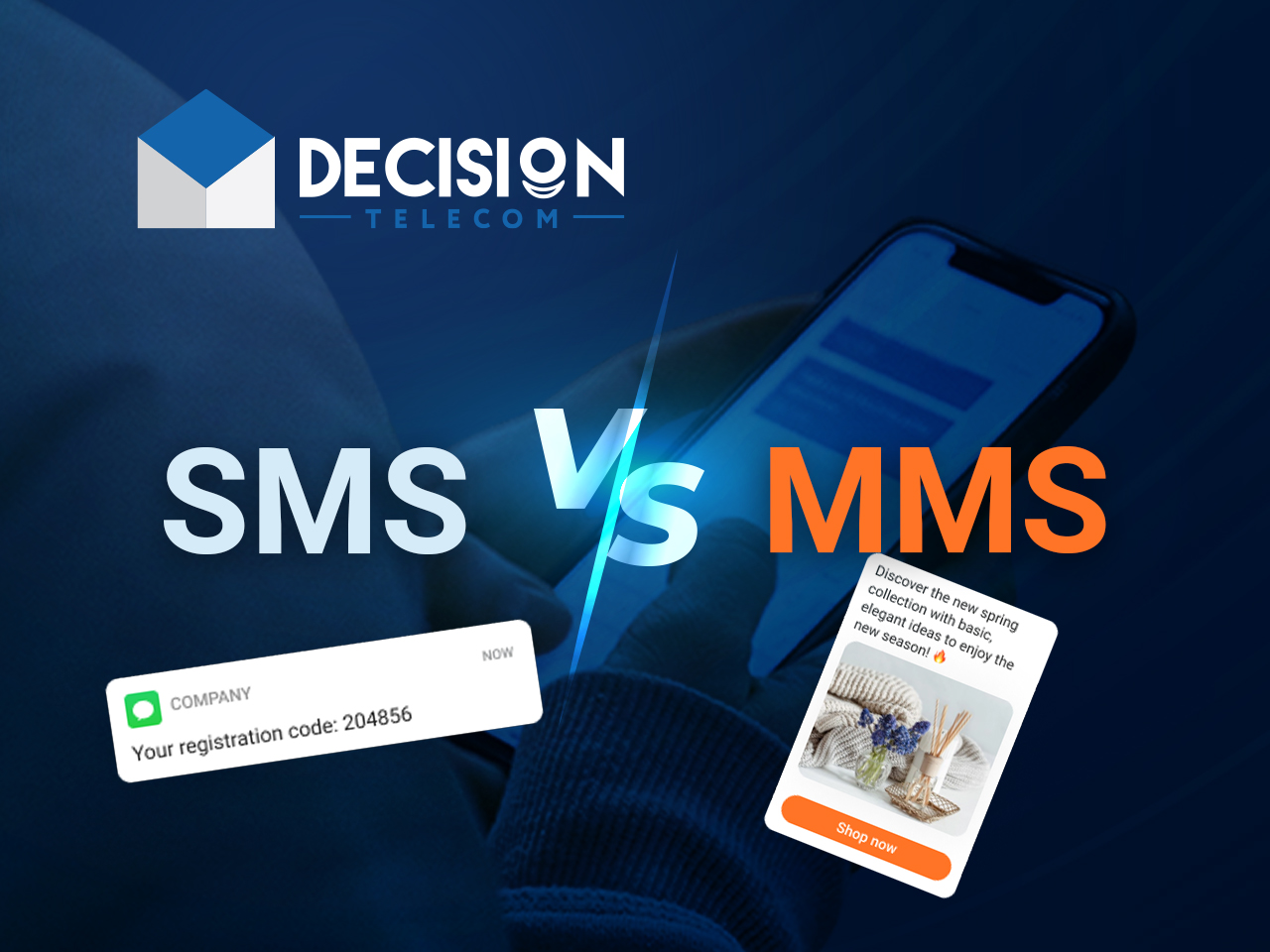MMS videos have become a popular medium for sharing content, especially in the realm of mobile communication. As technology continues to evolve, understanding MMS (Multimedia Messaging Service) videos is essential for both personal and professional use. In this comprehensive guide, we will delve into what MMS videos are, how they work, their advantages, and how to create and share them effectively.
In today's digital age, the way we communicate has transformed dramatically. MMS videos offer a dynamic way to convey messages, allowing users to send images, audio, and video clips seamlessly. This article will explore the technical aspects of MMS videos, their applications, and tips for making the most out of this powerful communication tool.
Whether you’re a casual user looking to enhance your messaging experience or a business seeking effective marketing strategies, understanding MMS videos can significantly improve the way you connect with others. Let’s dive deeper into this topic and uncover the intricacies of MMS videos.
Table of Contents
- What is MMS?
- How MMS Works
- Advantages of MMS Videos
- How to Create MMS Videos
- Best Practices for Sharing MMS Videos
- MMS vs. SMS: What’s the Difference?
- Using MMS in Marketing
- The Future of MMS Videos
What is MMS?
MMS, or Multimedia Messaging Service, is an extension of SMS (Short Message Service) that allows users to send multimedia content such as images, videos, and audio files. Unlike traditional SMS, which only supports text-based messages, MMS enables a richer communication experience.
MMS messages can include:
- Images
- Video clips
- Audio files
- Contact cards
History of MMS
The MMS protocol was developed in the early 2000s, with the first commercially available MMS services launched in 2002. Since then, it has grown to become a vital part of mobile communication, with widespread adoption across various devices and networks.
How MMS Works
Understanding how MMS works requires some knowledge of mobile networks. When a user sends an MMS, the message is uploaded to an MMS server. The recipient then downloads the content from this server. This process involves several steps:
- The sender composes a message and attaches multimedia content.
- The MMS client communicates with the carrier's MMS gateway.
- The gateway stores the MMS content.
- The recipient's device retrieves the message from the gateway.
Advantages of MMS Videos
MMS videos offer several advantages over traditional text messages, making them a preferred choice for many users:
- Rich media experience: Users can convey emotions and ideas more effectively through multimedia content.
- Increased engagement: MMS messages often result in higher engagement rates compared to SMS.
- Versatility: MMS can be used for various purposes, including personal communication, marketing, and customer service.
How to Create MMS Videos
Creating MMS videos is straightforward, and can be done using smartphones or other multimedia devices. Here’s a simple guide:
- Open your messaging app.
- Select the option to create a new message.
- Attach your video file (ensure it meets the size limits set by your carrier).
- Add a caption or message if desired.
- Send the message to your desired recipient.
Best Practices for Sharing MMS Videos
To maximize the effectiveness of MMS videos, consider the following best practices:
- Optimize video size: Ensure your video is within the size limits for MMS, typically around 300 KB to 600 KB.
- Keep it relevant: Make sure your video content aligns with the interests of your audience.
- Test on multiple devices: Ensure that your MMS videos display correctly on various mobile devices.
MMS vs. SMS: What’s the Difference?
The primary difference between MMS and SMS lies in the type of content that can be sent:
- SMS: Limited to text messages (up to 160 characters).
- MMS: Supports multimedia content, including images, audio, and video.
Using MMS in Marketing
Businesses can leverage MMS to engage customers effectively. Here are some ways to use MMS in marketing:
- Promotions: Send multimedia offers or discounts to customers.
- Product demonstrations: Share videos showcasing product features.
- Customer feedback: Encourage customers to send videos of their experiences with your product.
The Future of MMS Videos
As technology advances, the future of MMS videos looks promising. With the rise of 5G technology and enhanced mobile connectivity, the quality and speed of MMS will continue to improve. Additionally, integrating MMS with social media and other platforms is likely to become more seamless, enhancing user experience.
Conclusion
In summary, MMS videos represent a powerful tool for communication, offering a rich medium for sharing content. By understanding the benefits and best practices associated with MMS, users can enhance their messaging experience and engage more effectively. Whether for personal use or business marketing, MMS videos are a valuable asset in today’s digital landscape.
If you found this article helpful, feel free to leave a comment below or share it with others who might benefit from it. Also, check out our other articles for more insights into the world of multimedia communication!
Penutup
We hope you enjoyed reading about MMS videos and found the information useful. Stay tuned for more exciting content, and we look forward to welcoming you back to our site!
Ultimate Guide To Vegamovie HD: Everything You Need To Know
Rampage Jackson's Wife: A Deep Dive Into Their Relationship
Charlie Hunnam Kids: A Deep Dive Into The Family Life Of The Popular Actor

/what-is-sms-mms-iphone-2000247-Final-5c38a50846e0fb0001673a66.png)
